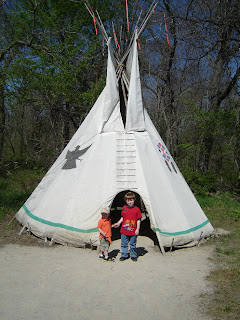The children have loved our spring sensory bin.
Potting soil is heated to kill bacteria and other organisms, so it is great as a sensory bin filler, AS LONG AS IT DOES NOT HAVE ANYTHING ADDED such as fertilizer or water gel. You want the cheap-o kind.
The components and their learning activities:
FLOWERS AND BUTTERFLIES:
- Matching by color
- Grouping
- Pretend pollination
- Flower pot creation
- Fine motor
- Plant physiology
- Botany
- Biology
We tried making tissue paper flowers, but it was a craft FAIL, so I went ahead and bought silk ones at the dollar store. We made the butterflies, instructions at the end.
FRUITS & VEGETABLES with LABELS
I gathered the plastic fruits and vegetables from the play kitchen. I went on-line and pulled images listed as FREE from the internet, printed them out, laminated, and adhered to craft sticks. I tried to make sure every growing type [vine, underground, above ground, etc.], and every type of edible part [root, leaf, seed, flower, etc.] was represented at least once, and preferably more than once.
- Sorting by item
- Sorting by type
- Graphing
- Fine motor
FLOWER POTS
For ideas, I suggested that they could sort the plastic items into the pots by the size they actually become, or the plant labels. "Which pot would a watermelon go into? A radish?"
- Sizing
- Sorting
- Describing
- Fine motor
Scoops, cups, spoons, tweezers, containers, scrapers...
Tongs, funnels...and they had access to all our other sensory bin tools as well. These were just the ones I initially placed in there.
- Fine and gross motor
- Quantities
- Logic/reasoning
- Observation
- Biology
- Botony
We didn't have a fuse bead butterfly template, and I wanted them to be large enough not to easily break, so we used our heart template.
I fused one side, then they did the other. I fused that one. We made a circle for the head out of black beads which I fused and removed, then fused them all together between parchment paper.
It's a wonderful fine motor activity.
There are many activities they can do with this sensory bin, and they are still wanting to play with it a month after I first put it out...
Tags: sensory, bin, fine, motor, spring, spring sensory bin, garden, theme, unit, plants, growing, planting, gradening, farm, farming, crops, vegetables, fruits, labels, signs, flowers, child, care, daycare, preschool, pre-k, camp, summer












































